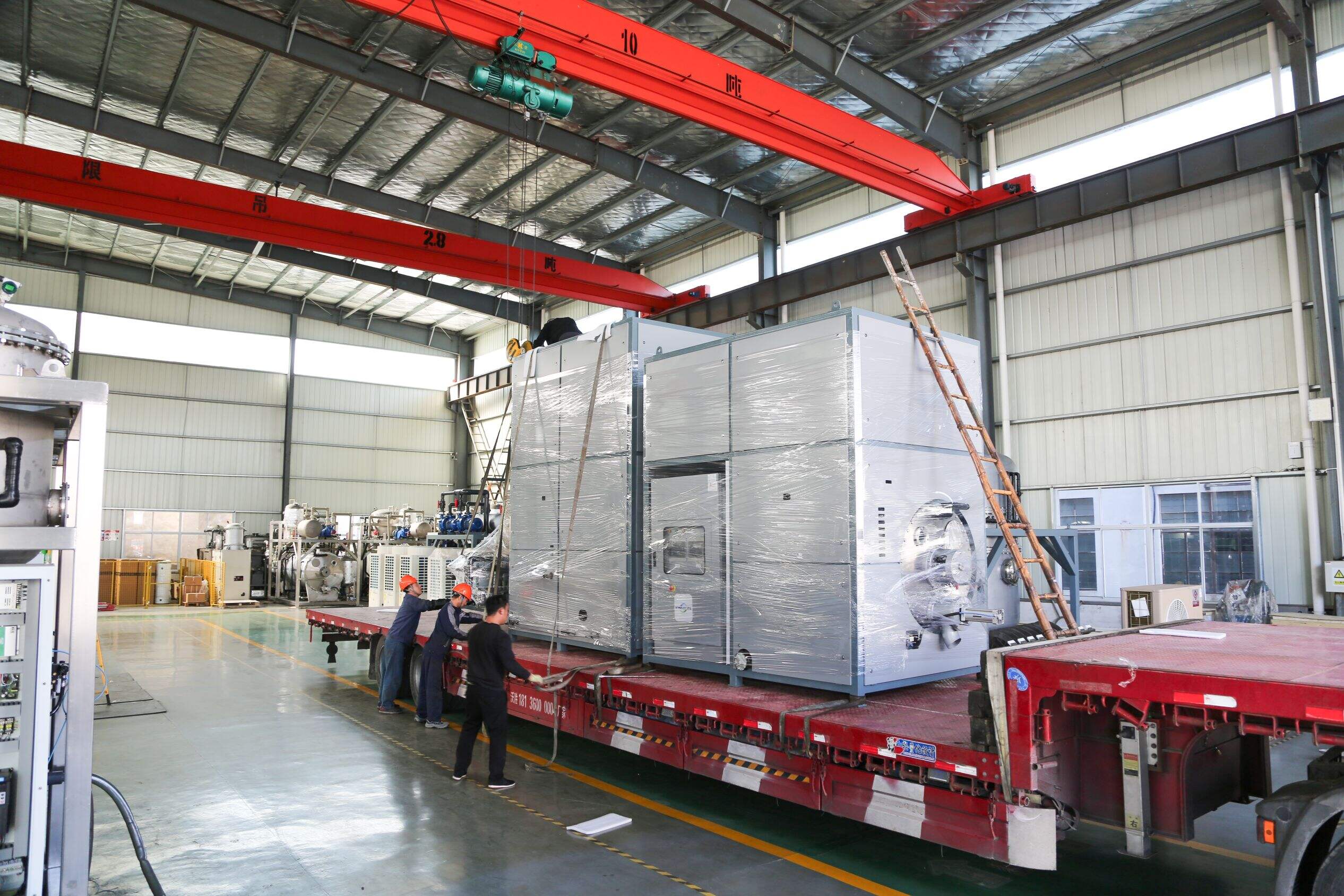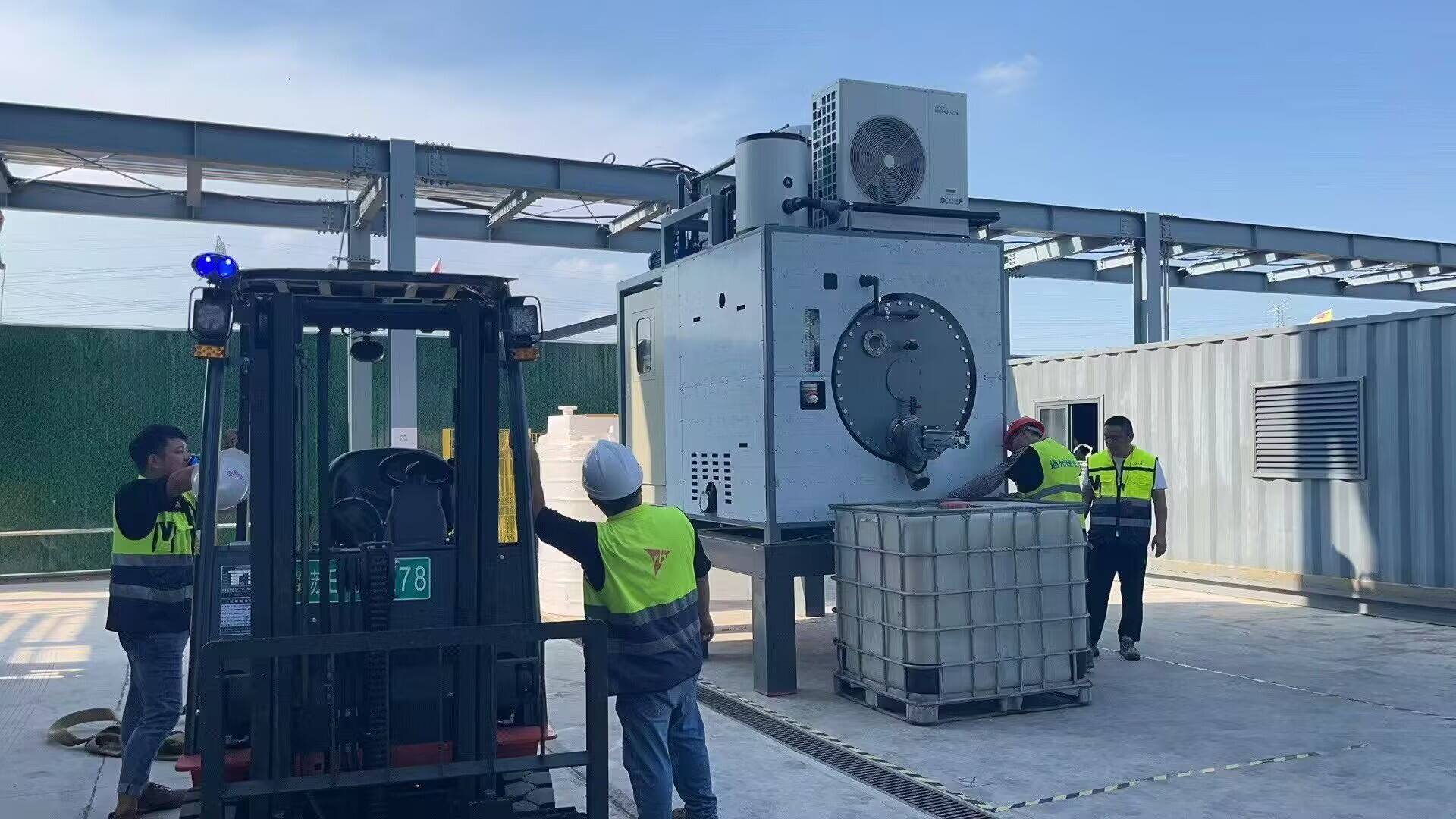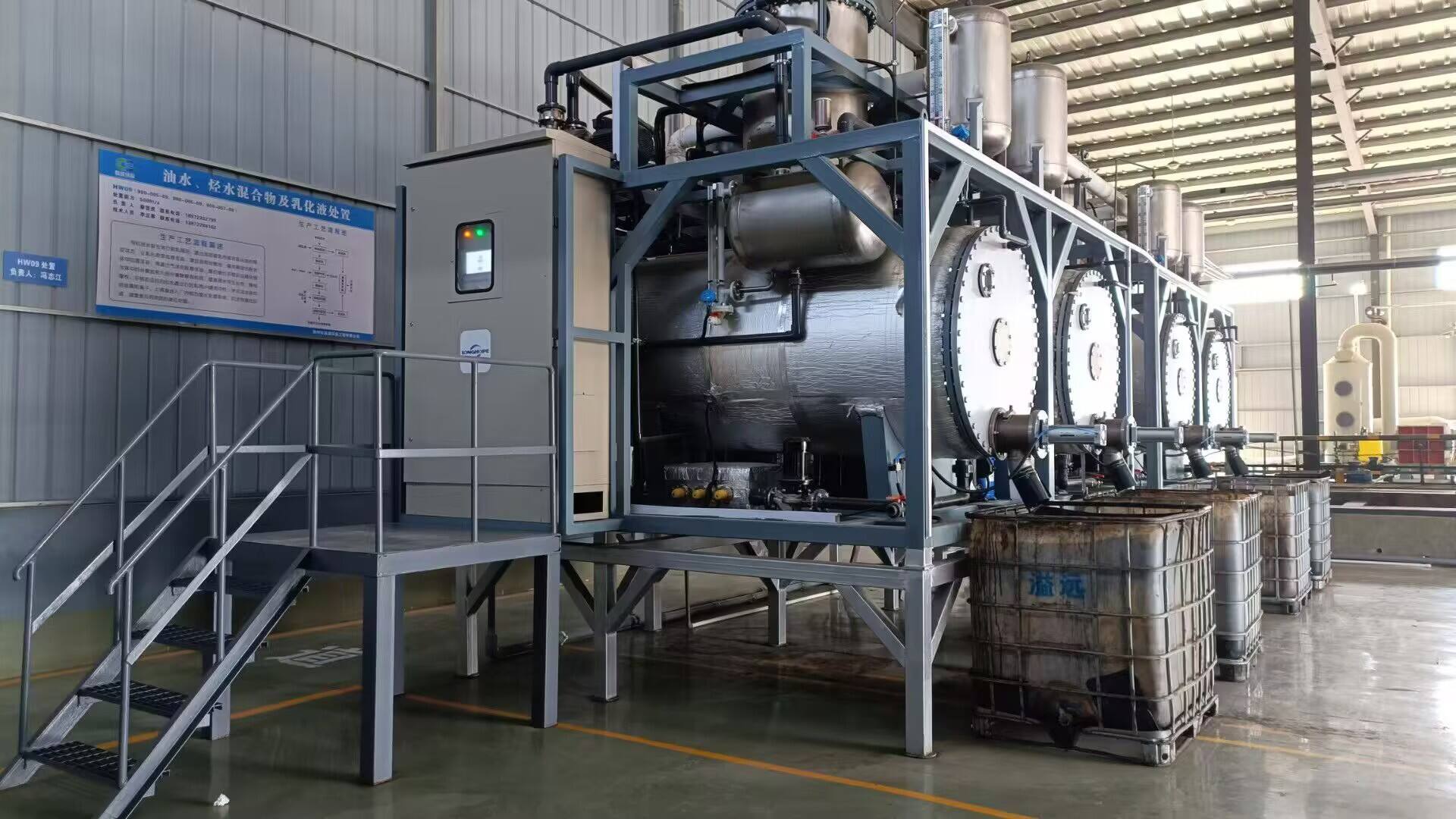advanced wastewater treatment system
Advanced wastewater treatment systems represent the cutting-edge solution in water purification technology, incorporating multiple stages of treatment to achieve superior water quality standards. These systems utilize a combination of physical, chemical, and biological processes to remove contaminants, pollutants, and harmful substances from wastewater. The primary components include preliminary treatment units for removing large debris, primary settling tanks for separating solids, secondary biological treatment processes for breaking down organic matter, and tertiary treatment stages for advanced purification. The system employs state-of-the-art membrane filtration technology, UV disinfection, and advanced oxidation processes to ensure the highest level of water quality. These systems are designed to handle various types of wastewater, from industrial effluents to municipal sewage, with customizable treatment protocols based on specific requirements. The technology incorporates real-time monitoring systems and automated control mechanisms to maintain optimal performance and efficiency. Applications range from large-scale municipal treatment plants to specialized industrial facilities, making it versatile for different scenarios and requirements.


